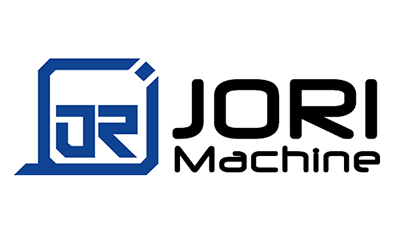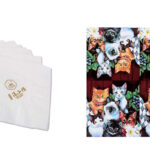Napkins, whether made from paper or cloth, are produced through a series of steps that involve selecting materials, processing them, and then cutting and finishing the napkins. Here’s a detailed look at how both types of napkins are made:
1. Paper Napkins:
a. Raw Material Preparation:
- Wood Pulp:The primary raw material for paper napkins is wood pulp, derived from both softwood trees (like pine and spruce) and hardwood trees (like oak and eucalyptus). The wood is first debarked and then chipped into small pieces.
- Pulping:The wood chips are processed in a pulping machine where they are mixed with water and chemicals to break down the fibers into a pulp. This can be done through mechanical pulping (physically breaking down the wood) or chemical pulping (using chemicals to dissolve lignin, which binds the fibers together).
b. Pulp Refining and Bleaching:
- Refining:The pulp is refined to improve the quality of the fibers, making them more suitable for napkin production.
- Bleaching:The pulp is bleached to remove any residual lignin and to achieve the desired whiteness. Bleaching agents such as chlorine dioxide, oxygen, ozone, or hydrogen peroxide may be used. For eco-friendly napkins, elemental chlorine-free (ECF) or totally chlorine-free (TCF) processes are preferred.
c. Papermaking Process:
- Sheet Formation:The refined and bleached pulp is mixed with water to form a slurry, which is spread onto a large mesh screen on a papermaking machine. The water drains away, leaving a mat of fibers that forms a continuous sheet of paper.
- Pressing and Drying:The wet paper sheet is pressed through rollers to remove excess water and then dried using heated rollers or air drying.
- Creping:The dried paper is creped (scraped off the roller with a blade) to create a soft, textured surface, which is essential for the feel and absorbency of the napkin.
d. Converting and Finishing:
- Embossing:The paper is often embossed with patterns, logos, or textures to enhance both appearance and functionality. Embossing improves the softness and absorbency of the napkin by increasing its surface area.
- Cutting and Folding:The paper is cut into large sheets and then folded into the desired size and shape, typically squares or rectangles. Automated folding machines are used for high-speed production.
- Printing (Optional):Napkins may be printed with designs, logos, or patterns, especially for customized or branded napkins. Flexographic or digital printing techniques are commonly used.
e. Packaging:
- The finished napkins are counted, stacked, and packaged, usually in plastic wrapping or boxes. The packaging process may also include branding and product labeling.
2. Cloth Napkins:
a. Material Selection:
- Fabric Choice:Cloth napkins are made from various fabrics, including cotton, linen, polyester, or blends. Cotton and linen are popular for their absorbency and softness, while polyester is often used for its durability and resistance to wrinkles.
- Fabric Preparation:The fabric is typically woven and then pre-washed to remove any impurities, shrinkage, or stiffness before cutting.
b. Cutting:
- Pattern Cutting:The fabric is laid out in large sheets and cut into the desired size for the napkins. This is often done using cutting machines for precision and efficiency. Common sizes include 18-inch or 20-inch squares.
- Hemming:The edges of the cut fabric are folded and sewn to prevent fraying. Hemming can be done using a variety of stitches, depending on the desired finish, such as straight stitching or rolled hems. Some napkins may have decorative edges, like scalloping.
c. Dyeing and Printing (Optional):
- Dyeing:The fabric may be dyed to achieve the desired color before or after cutting. Dyes used must be colorfast to ensure they don’t bleed or fade with washing.
- Printing:Designs, patterns, or logos can be printed onto the napkins using screen printing, digital printing, or other methods. This step is common for custom or branded cloth napkins.
d. Finishing:
- Ironing and Folding:After hemming, the napkins are ironed to remove wrinkles and then folded into their final shape, ready for packaging.
- Quality Control:Each napkin is inspected to ensure it meets quality standards, including checking for even stitching, correct size, and proper color.
e. Packaging:
- Cloth napkins are typically packaged in sets and may be wrapped in paper bands, boxed, or placed in plastic bags. The packaging often includes branding and care instructions.
3. Quality Control:
- Throughout the manufacturing process, strict quality control measures are in place to ensure that the napkins meet the required standards for softness, absorbency, durability, and appearance.
4. Distribution:
- Once manufactured and packaged, the napkins are distributed to retailers, wholesalers, or directly to consumers. They may also be sold in bulk to restaurants, hotels, and event planners.
In summary, the production of napkins, whether paper or cloth, involves a series of steps from raw material preparation to finishing and packaging. The processes differ significantly between paper and cloth napkins, with paper napkins involving pulping and papermaking, while cloth napkins involve fabric cutting and sewing. Both types may include additional steps for printing and customization based on market needs.

